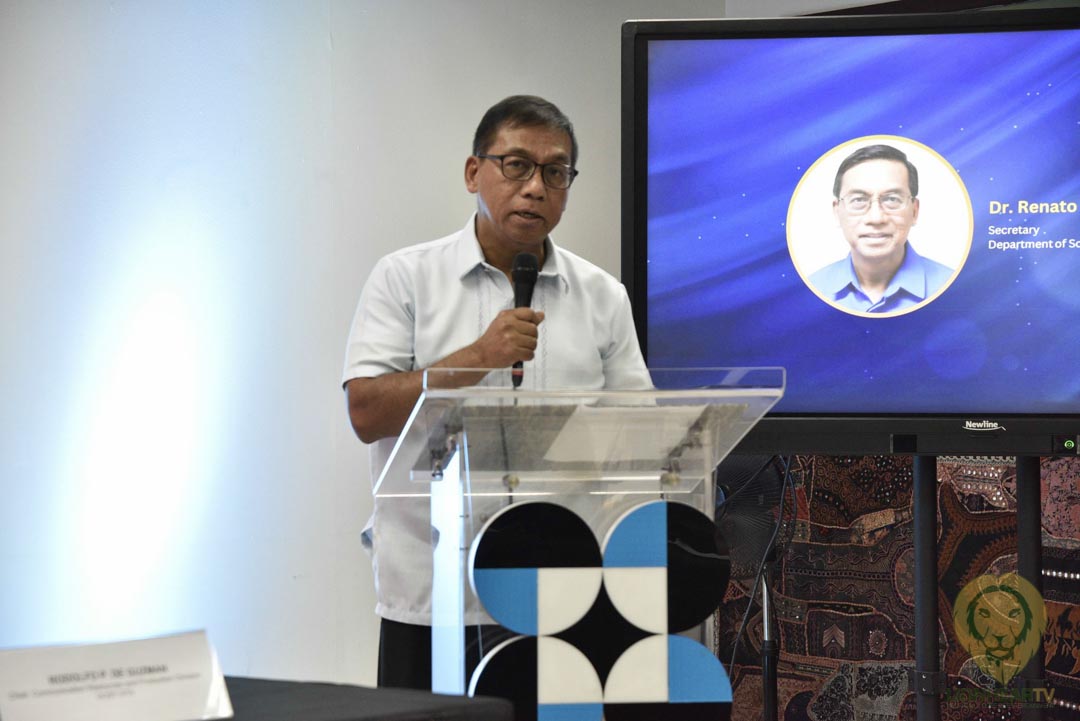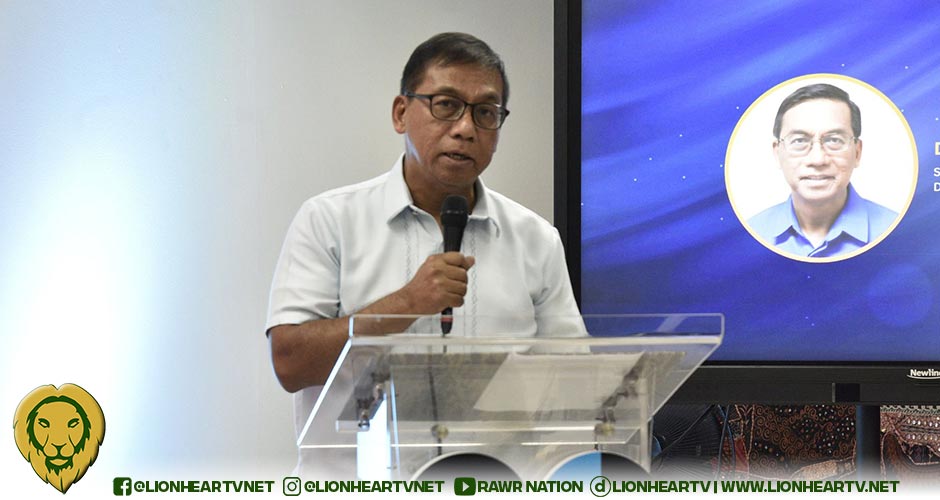The spotlight turns to science communicators as the Department of Science and Technology (DOST) brings back the Bantog Awards for Media and Science Communication with the theme “Driving Development through Science Communication.”

At a press conference held at the DOST-Science and Technology Information Institute (DOST-STII), DOST officials urged media practitioners and content creators to submit their science stories for the awards night scheduled for 10 September 2024.
In his opening message, Dr. Napoleon K. Juanillo Jr., Assistant Secretary for Technology Transfer, Communications, and Commercialization of DOST and Officer-in-Charge of DOST-STII highlighted the important contributions of the media in increasing the level of awareness of the people through their S&T stories. “We are banking on the
Bantog Awards to pave the way to build an ecosystem of science communication practitioners,” said Dr. Napoleon K. Juanillo, Jr.
On the other hand, according to Rodolfo P. de Guzman, Chief of the Communication Resources and Production Division of DOST-STII, the DOST media awards seeks to strengthen its partnership with media practitioners and content creators by recognizing the best stories that promote public interest in science and technology (S&T).
Media’s role in promoting S&T
In his speech, DOST Secretary Renato U. Solidum Jr. compared media practitioners and content creators to a tulay or bridge that connects S&T information sources—such as DOST, scientists, and engineers—with the public.
He highlighted the crucial role of media practitioners and content creators in transforming scientific data and information into engaging, easily understood content that emphasize the importance of science in our lives.
“With the media’s power to inform the general public, it remains a vital and reliable partner in distributing and disseminating information, resulting in awareness and reinforcing science literacy at all levels of society,” Sec. Solidum said.
Moreover, DOST Undersecretary for Scientific and Technical Services Maridon O. Sahagun emphasized the importance of media stories in shaping public perception and adaptation to a rapidly changing world, where science, technology, and innovation offer solutions to daily challenges and create opportunities for a more sustainable and progressive future.
Meanwhile, Dr. Juanillo also outlined three key elements of a good science story: (1) it includes a relatable aspect that people can identify with; (2) it explains the scientific process, including choices and biases, as well as how conclusions are reached; and (3) it is relevant to what people value, such as stories affecting their livelihood, health, and well-being.
Bantog Awards returns on stage
First held in 2018, this contest returns with new and more inclusive categories that encompass various media formats such as text, audio, and audiovisual. It also welcomes a diverse range of S&T storytellers or STellers, including not only media writers, reporters, correspondents, information officers, and media organizations but also independent bloggers and social media content creators.
“This time, we are expanding this recognition program to include the growing community of Filipino content creators who bring information to a wider public and open up more space for further public discourses and awareness of science, technology, and innovation,” said Usec. Sahagun.
In 2018, the awards featured only four categories. This year, in response to the diverse and emerging platforms through which S&T is communicated, the number of categories has expanded to 10, including:
- Best S&T News Story (text);
- Best S&T News Story (audio);
- Best S&T Feature Story (text;
- Best S&T Editorial/Opinion (text);
- Best S&T Editorial/Opinion (audio/video);
- Best S&T Investigative Story (video);
- Best S&T News Story (video);
- Best S&T Short-form series (video) (e.g., TikTok videos, YouTube shorts, and Facebook and Instagram reels);
- Outstanding S&T Information Officer; and
- Outstanding S&T Advocate (Institutional Award)
De Guzman also clarified that the contest will primarily evaluate how effectively the science behind DOST’s programs, technologies, projects, services, and advocacy efforts is discussed and presented, including how these initiatives can benefit the public.
For more information about the guidelines and entry requirements of the various categories, you may visit this link. You may submit your entries through this form: https://bit.ly/Bantog_CallForEntries.


